15 skyscrapers waiting waiting.
15 skyscrapers waiting waiting…Dubai (4), Chicago (2), Moscow (2), NYC (1), London (1), Santiago (1), China (1), Jakarta (1), Australia (1), Unknown? (1)
via oobject — designobserver [PR]
15 skyscrapers waiting waiting…Dubai (4), Chicago (2), Moscow (2), NYC (1), London (1), Santiago (1), China (1), Jakarta (1), Australia (1), Unknown? (1)
via oobject — designobserver [PR]
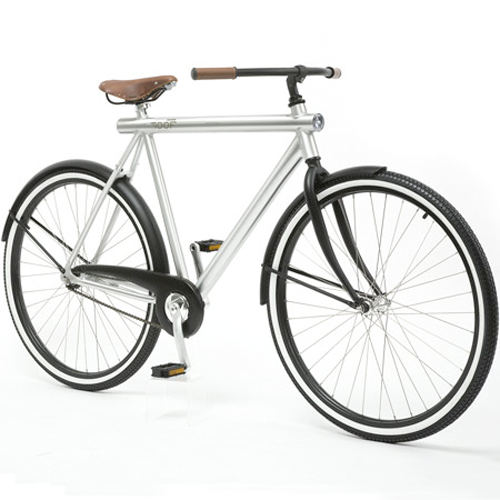
New York design brand Areaware have launched Moof, an aluminium bicycle by Dutch designer Sjoerd Smit that features built-in solar-powered lights.
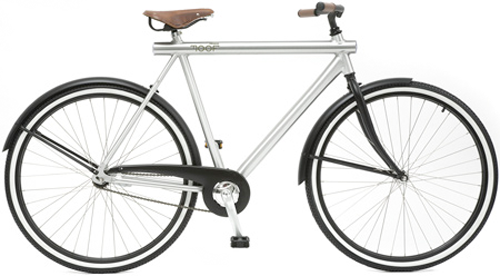
Designed in Amsterdam, MOOF’s unique aluminum construction houses two solar powered lamps – one to light the way and the other to make you visible from behind.
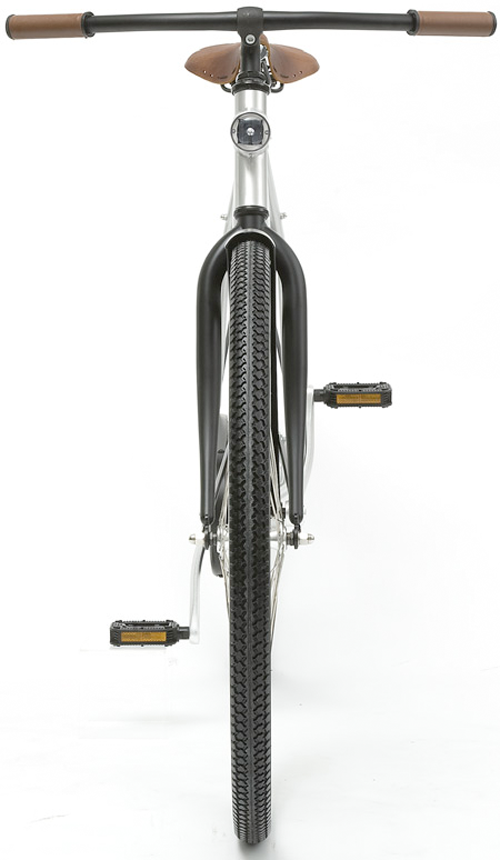
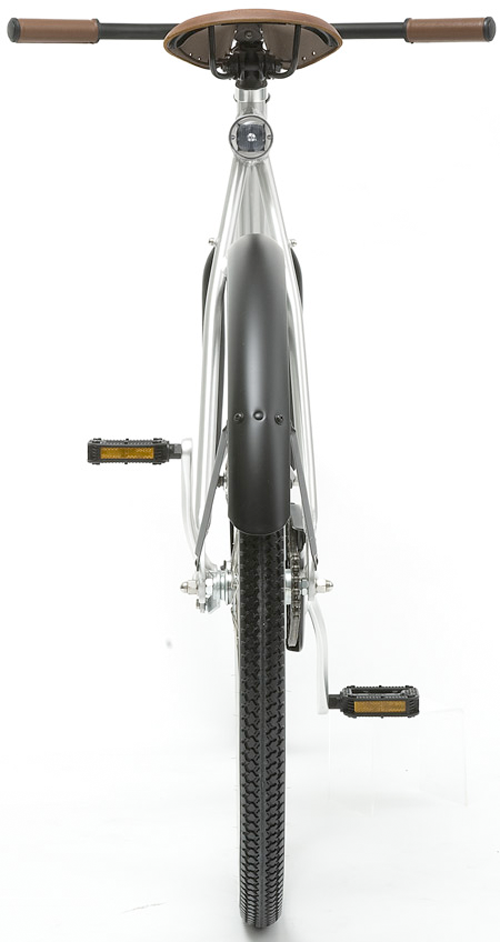
This single speed sleek and smooth urban cruiser is both smart and conscientious.
Bike Weight: 28.5 lbs (13 kg)
Frame: 6061 Series Powder-Coated Rustproof Aluminum
Drive Train: Chain Drive
Wheels: Alloy 28″ (71 cm)
Tires: Kenda Cosmos
Lights: Solar powered LED
Brakes: Rear Coaster
Saddle: Adjustable springless leather saddle
Grip: Semi-leather
Weight Limit: 264 lbs (120 kg)
Height Limit: 5’10″ – 6’6″ (179cm – 200cm)
Available for pre-order. Approximate ship date: April 2009
Designer: Sjoerd Smit
Producer: areaware
Retailer: areaware
via dezeen
Taker is a wheelbarrow that doubles as a shovel to make work on construction sites less labor intensive.
More sand is used at construction sites than we might realise. It is often transferred from one location to another in order to flatten the ground or to make cement. This requires the construction worker to shovel the sand and transfer it in a wheelbarrow, which is labour intensive. Taker is an advanced wheelbarrow that is suitable for use in all kinds of construction work. It combines the functions of a shovel and a wheelbarrow. With this piece of equipment, the user will be able to move sand more efficiently.
Designer: Kim Jong Hwan and Kim Ji Youn
via red dot
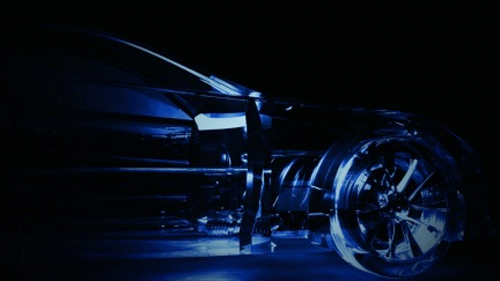
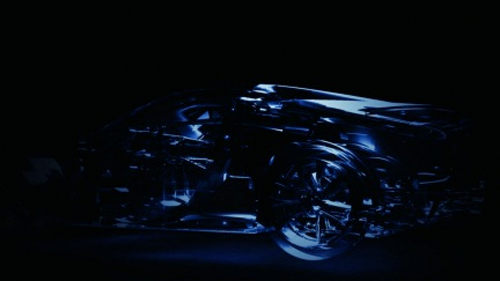
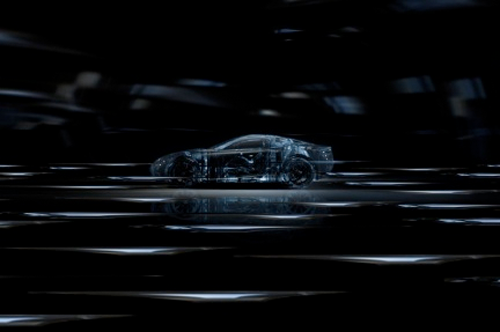
This year at Milan Design Week 2009, a Lexus exhibition will be called ‘lexus l- finesse- crystallised wind’ and designed by Japanese architect Sou Fujimoto. Here is a preview of the exhibit.
‘Lexus l- finesse- crystallised wind’ will re-interpret the ambivalence of the Lexus design philosophy ‘L-finesse’ through a dynamic installation that combines unity in space, sound and lighting.
“Crystallised wind is the result of a conceptual interpretation of the underlying principles of L finesse design”, explains Sou Fujimoto. “The term wind addresses not only the flow of wind, but also symbolizes a flow or current in a greater sense. It is a new horizon where the natural and the artificial coexist in space. I wanted to find a way to give form to that which is formless: to take the flow of air and the passing of time and to represent them in such a way as to explain the essence of the duality of L-finesse. the result is an art form that represents movement yet stillness, and the flow of time in a timeless environment.’
The Lexus space will display an acrylic art piece based on the full-size concept car model, the Lexus super sports concept car, the LF-A as well as a specially designed piece of furniture constructed from acrylic.
The exhibition will take place in Milan’s museo della permanente art gallery, from april 22nd to 26th.
Designer: Sou Fujimoto
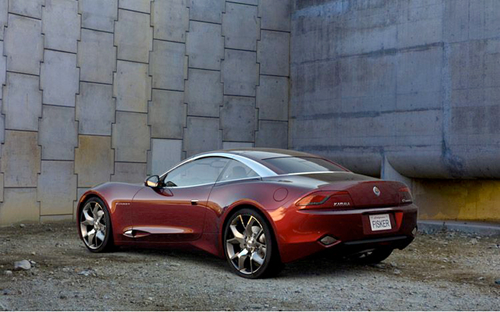
While we wait for “plug-in” Volt and Prius to arrive in 2010 there are two exotic automakers ready to go. Tesla ( $128,000 USD two-seater ) and Karma ( $87,900 USD ) Let’s look at Karma.

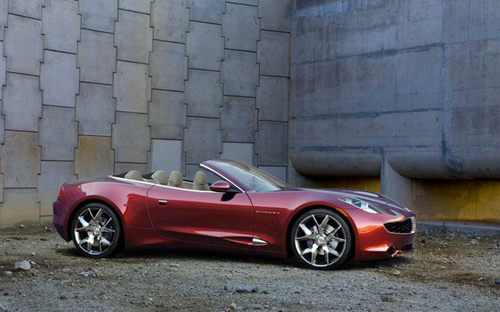
above: The Karma S — for Sunset — concept that debuted at the Detroit auto show shares its gas-electric drivetrain with the Karma sedan but wraps it in an even sleeker two-door body that could see production within two years.
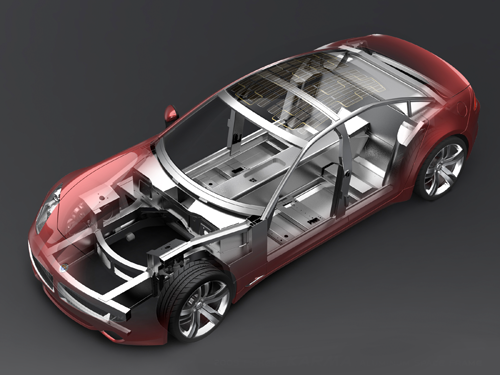
above: A rooftop solar panel on the sedan comprised of 80 cells divided into four zones. Output is 130 watts, and it helps charge the battery and, when the car is parked, keep the interior cool.
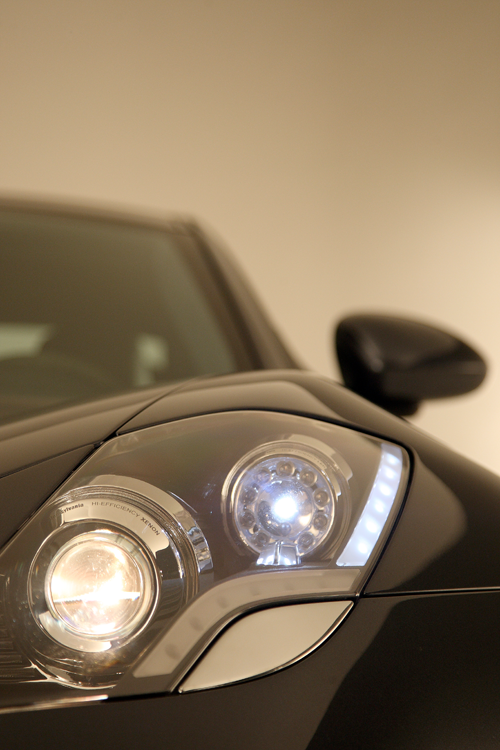
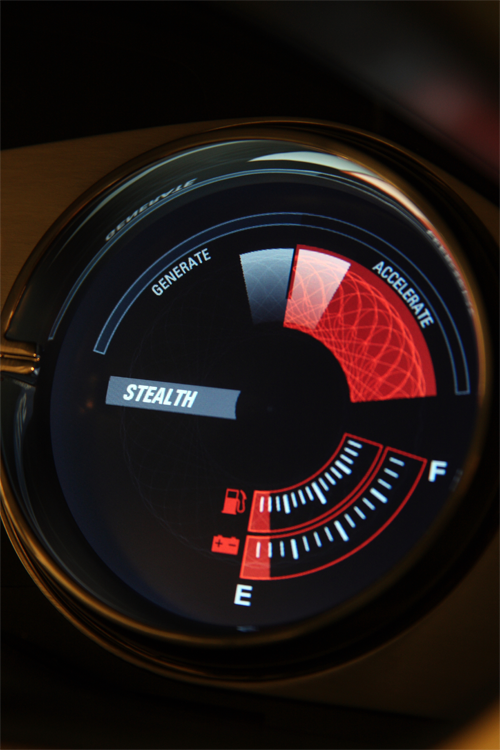
“The Karma’s material philosophy balances sensuality and accountability,” Fisker says. “We have gone to great lengths to use only environmentally conscious, classic automotive materials that support a commitment to our eco initiatives.”
Under the skin, the 4-door and 2-door cars use the same gas-electric drivetrain, which Fisker calls Q-Drive, developed with help from Quantum Technologies. The Karma will work much like the Chevrolet Volt, delivering 50 miles of all-electric range before the 2.0-liter turbocharged four-cylinder engine kicks in to drive a generator that will recharge the 22.6-kilowatt-hour lithium-ion battery and provide juice to keep the car moving. A rooftop solar panel on the sedan comprised of 80 cells divided into four zones. Output is 130 watts, and it helps charge the battery and, when the car is parked, keep the interior cool. Toyota’s got something similar on the 2010 Prius it unveiled a few hours before the Karma S broke cover.
Beneath the car’s aluminum-and-composite body lies an aluminum spaceframe chassis that cradles two electric motors that together produce 300 kW (408 horsepower) and a stunning 959 foot-pounds of torque. Fisker claims the sedan, which weighs 4,650 pounds, will do zero to 60 in 5.8 seconds. Top speed is limited to 125 mph.
Although the Karma’s electric drivetrain is a proprietary system designed in conjunction with Quantum Technologies, the engine, air-conditioning system, steering column and other “bits and baubles” were pulled from the GM parts bin, says Fisker spokesman Russell Datz.
Fisker may be getting help from GM, but, like Tesla Motors, he’s bringing a new business model to the auto industry.
His company isn’t financed by stockholders or government loans, but by venture capitalists, including the powerhouse firm of Kleiner, Perkins Caufield & Byers. It is outsourcing much of the work to top-tier suppliers like Edag Engineering and Magna Intier, and the cars will be assembled by Valmet, the Finnish firm that builds cars for Porsche. Fisker Automotive bought a big share of Advanced Lithium Power, so it’s got a battery supplier lined up.
Still, Fisker still has to get its car certified by the feds — an arduous task that some industry insiders doubt it will complete before the end of the year, particularly since we haven’t seen running cars. It also has to establish a dealer network, but Fisker says 40 dealers will be up-and-running by year’s end. Some seasoned industry watchers say Fisker undoubtedly will get his cars built, but they aren’t betting he’ll do it by the end of the year.
The convertible added just 15 percent to the cost of building the sedan, which carries a retail price starting at $87,900. Another $18,599 gets you the “Eco-Chic” model, which has an interior free of all animal products, with woodwork made from submerged logs (no clearcutting required).
Fisker says he’s received orders for 1,300 vehicles, and he tells The New York Times his company would turn a profit if it sold 4,000 cars annually. The goal, he says, is to sell 15,000 worldwide each year.
Specification:
All electric with range extender (Q-Drive)
Dual mode option: power mode and stealth mode
0-60: under 6 seconds
Top speed: 125 mph
4-door
22 inch wheels
Producer: Karma by Fiskar

In 1919 Walter Gropius established the „Staatliche Bauhaus” in Weimar, a classical city in Thuringia, and started a new model of design. It was one of the most important and most influential design schools. In 1925 the Bauhaus school moved to Dessau and was closed down in 1933 by the National socialists. It reopened in 1986 as a center of design.
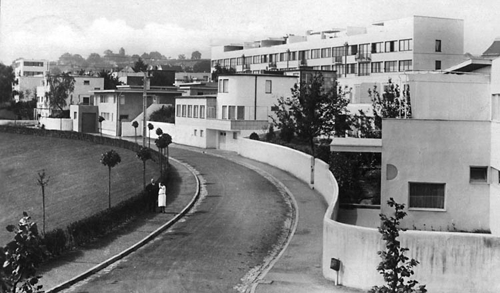
above: Modern architect Mies van der Rohe was also a director at the Bauhaus. Here his Weissenhof Housing Project in Stuttgart shows his combination of utopianism and pragmatism.
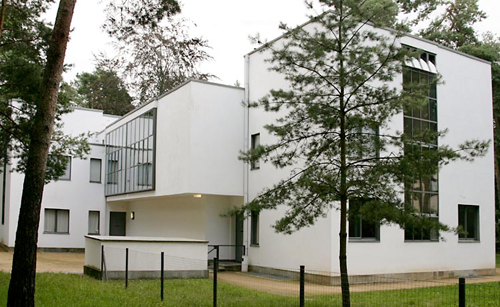
above: Gropius also designed master houses for the teachers at the Dessau Bauhaus. Painters Wassily Kandinsky and Paul Klee lived side by side.
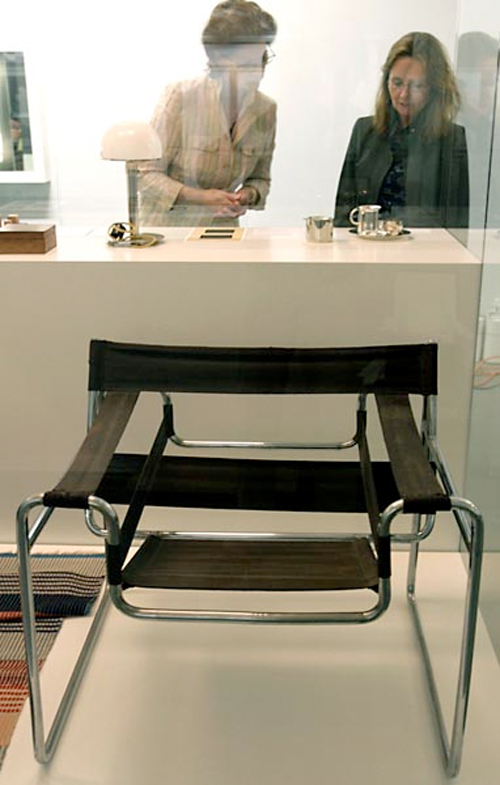
above: Marcel Breuer designed his iconic “Wassily” chair in 1926. Gropius wanted the school to be closely involved with technology and industry.

above: A view inside the Bauhaus school in Dessau. The building is now a UNESCO World Heritage site.

above: The school’s minimalist aesthetic has had a lasting impact. These chairs are the “Red Cube,” by Peter Keler, designed in 1921 and “Seat 51” by Walter Gropius.
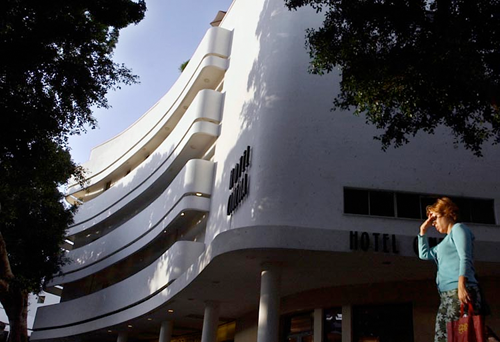
above: The Bauhaus style was exported to Israel when European immigrants arrived there. For example, the so-called White City that makes up the heart of Tel Aviv is one prominent example.
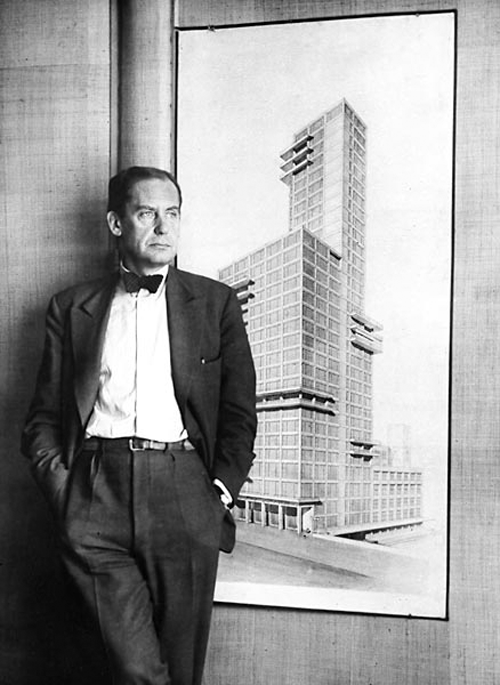
above: Walter Gropius went on to teach in the United States and firmly established the reputation of the Bauhaus there. Here he stands in front of his design for the Chicago Tribune building.
Weimar and the surrounding area, as well as Jena and Erfurt will be the center of this “Bauhaus” anniversary in 2009. The central focus of the Weimar events will be an exhibition “Das Bauhaus–klassisch–Das Staatliche Bauhaus 1919-25 und seine Beziehung zum historischen Weimar“ (April-July 2009). (The Bauhaus–classic–the state Bauhaus 1919-25 and its connection to historical Weimar)
Important artists of the Bauhaus school will be honored, such as its founder Walter Gropius, Lyonel Feininger, Johannes Itten, László Moholy-Nagy, Josef Albers, Paul Klee, Wassiliy Kandinsky and Gerhard Marcks. Exhibitions and events will take place in the Bauhaus Museum, the New Museum Weimar, the Schiller Museum and the Goethe National museum.
In 2009 the 90th anniversary of the Weimar Republic will also be celebrated.
For further information see: bauhaus2009 and spiegel online

mcdonalds recently opened two of their latest tokyo outlets. to say that it surgically has removed their corporate voice — well its really closer to a lobotomy. wow.
above/below> they have done away with the golden arches, ronald mcdonald, hamburglar, happy meals, and mcmuffins in this mcdonalds. they have even done away with a (the) logo. the only thing they retained is the color red.
above/below> the only products served are the qp (quarter pounder) and the qpc (quarter pounder with cheese) simply in red, white, and black packaging. the fries come with the burger as a menu set, no option here.
above/below> the interior is very lounge-like. one can imagine what the background music is — country & western ?
above/below> quarter pounder may look low key, but there is the viral online marketing to the hired hands handing out flyers to passersby. the “quarter pounder big secret” campaign.
we see the “no logo” look for bars and clubs and fewer restaurants. the “mystique” of a somewhere making all of its patrons feel a bit exclusive and in-the-know. if it looks like a club and sounds like a club. its a club. the stores are next to h&m, etc.
what it will do for the qpc? more than a singular design theme to one product. mcd´s is attempting to make an iconic product out of the qpc by wagering an entire restaurant investment on it. feedback and crowds say good.
this is case study material for the brand police. let’s keep an eye on how it does. could you put up one of these in your town?
editor’s notes via links below > in november of 2008 quarter pounder was mcdonald’s no-brand experiment introducing a larger ‘american style’ burger not found in japan at the time and tested on adventuresome and easily bored tokyoites.
via watashi to tokyo — meta tame

The Pantone Color Institute has released its report detailing the top colors for Fall 2009.
According to men.style.com as described by designers showing at New York fashion week, the list suggests something of a Team USA bent (see “Purple Heart” and “American Beauty”). These shades (pictured above, left to right, top to bottom) are “a direct outcome of what’s happening in the world around us,” says Pantone’s executive director. Maybe so. Notably absent: cash green.
1. Iron (Pantone 18-1306): Percentage of designers who used this color, 16.5
2. Purple Heart (Pantone 18-3520): 15.6
3. Majolica Blue (Pantone 19-4125): 12.8
4. American Beauty (Pantone 19-1759): 11.9
5. Honey Yellow (Pantone 16-1143): 10.1
6. Rapture Rose (Pantone 17-1929): 9.2
7. Burnt Sienna (Pantone 17-1544): 8.2
8. Warm Olive (Pantone 15-0646): 7.3
9. Nomad (Pantone 16-1212): 5.6
10. Creme Brulee (Pantone 13-1006): 2.8
The animated new CU ” box kite “ logo. via the moment blog [PR]
World’s oldest emoticons. via digg [PR]
All content ©2007 > 2024 DesignApplause